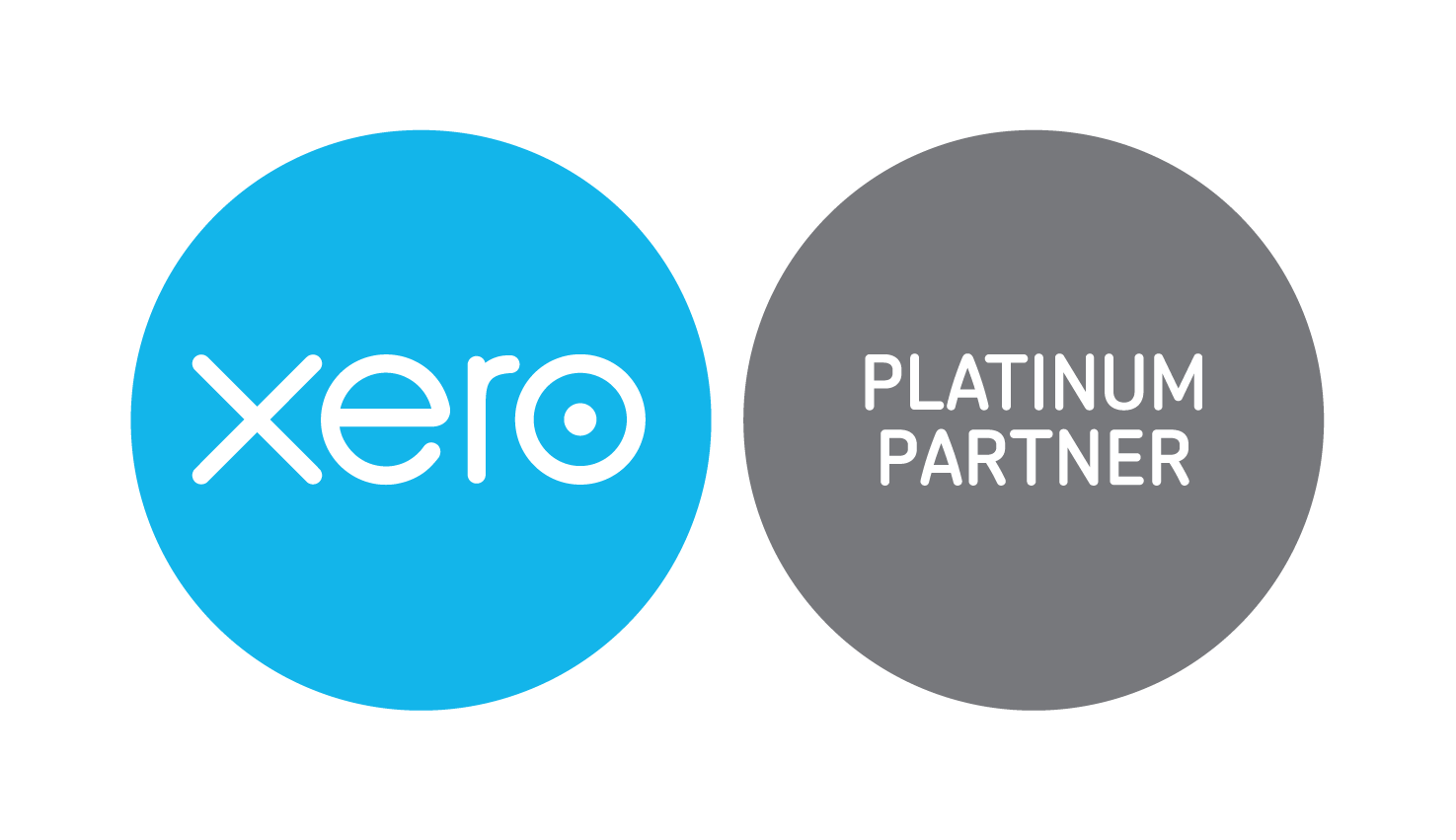We often meet with future entrepreneurs looking to leave their 9-to-5 to start their own business, our best piece of advice is always: Build your business on the side before you leave the comfort (and consistent revenue) of a 9-to-5 job. Then, once you have some traction, a user, client or customer base and a solid business plan, you’ll have the confidence and resources you need to pursue your company full throttle. Here, we’re breaking down the process to turn your idea into reality, in a quarter-by-quarter plan that will help you be a full-time founder in (potentially less) than a year.
Note: This guide assumes you already have a business concept you’re excited about – if not, you’ll want to spend some time brainstorming. Starting a business is no small investment in time and energy, so you want to be ridiculously passionate about the problem you’re setting out to solve.
Q1: Validate the problem
The first step is researching whether there’s a market for your business idea. There’s plenty you can do from the comfort of your laptop – and you should, so you don’t waste time and money pursuing an idea that doesn’t have legs in the real world.
Start by learning more about the industry you’re targeting as it is today. Startup-focused sites like Crunchbase and TechCrunch can give you a broad overview of trends in funding and business traction, while publications and other online resources that are focused on your specific industry will allow you to dive deeper.
Specifically, you want to look into and really understand:
Is there a market for your potential solution? Is it growing, and how quickly?
How competitive is the industry? Who are the current major players?
How much capital do you need to get started?
You can also analyze data like Google keyword trends and website traffic to adjacent sites. Is there a lot of search volume around your business area? Is it growing? If yes, those are good signs.
Next, it’s time to get out from behind your screens and actually talk to people. Start meeting with industry insiders – people who are already working, founding companies, or investing in your field – to get a more nuanced, real-time understanding of what’s happening in the market.
You’ll also want to talk to prospective users, clients or customers. Ideally, the business problem you’re trying to solve is one that you personally experience, but to validate your assumptions, seek out potential customers or users and ask them about their experiences and pain points. While online surveys are a quick and easy way to get quantitative data, we’ve found that having one-on-one conversations gives you far richer information and allows you to dig in deeper.
At the end of the quarter, take stock of what you’ve learned, and use that intel to refine your business plan.
Q2: Build an MVP
A “minimum viable product” is startup speak for a bare-bones version of the offering or product you eventually plan to create. In other words, what’s the simplest way you could get your business idea up and running to start testing it out?
Many people are scared away by actually building a product if they don’t have a background in software engineering (or know a developer), but you’d be surprised at what you can do without knowing how to code and with resources like Makerpad. You could set up a simple landing page to collect email addresses and validate interest as you build out more functionality. You could start an email newsletter and start sending out content to your audience. You could set up a “concierge service” that offers a one-on-one experience of a service you eventually plan to automate.
Or, you could leverage existing no-code-required tools. In addition to saving you the hassle and cost of building a custom solution, a key benefit of using existing tools is that they can easily integrate with other tech.
Using existing tools and resources (and even having the ability to seamlessly connect them with each other) helps you keep lean and focused. No coding skills necessary.
Q3: Market your product
Once you’ve built your MVP, it’s time to get it out there in the world by marketing it to potential users. This step is another one that tends to make first-time founders nervous (it made our founder especially nervous!), but don’t worry – marketing doesn’t have to cost a lot.
In the early days of creditte, we didn’t spend a cent on Facebook ads or other digital marketing and instead doubled down on organic marketing efforts. We joined alumni organizations and industry groups that targeted the same audience we were going after. We primarily focused on being part of the community by engaging in conversations, answering questions, and offering up helpful resources wherever we could. Then, when it made sense, we would mention programs or events creditte was hosting. (This type of give-before-you-ask mentality is key – you never want to make people feel like you’re shoving your product down their throats.)
No matter what marketing approach you take, it’s important to keep talking to your customers (and potential customers) and stay curious about their experience. What messages are resonating with them? What questions do they have about your product? What’s their initial feedback? Rather than thinking you have it all figured out at this stage, use their feedback to keep iterating on your product and marketing approaches. It’ll ultimately mean you have a stronger business.
Q4: Refine your business model
You’ve built the product and you’ve brought it to market: Now, you’ll need to decide if your business is bringing in enough revenue for you to pursue it full-time. What’s your monthly revenue? What are your costs, both fixed and variable? Is the profit enough to sustain you and any potential hires?
At this point, you may need to make some tough decisions about your business model. For instance, is there anything you’ve learned from talking to users that has caused you to think differently about your offering? For example, at creditte, our initial model was to provide CFO and advisory services. However, we kept hearing from our clients that they were interested in more related service offerings. They didn’t just want advice; they wanted a fully integrated end to end financial function within their business. As a result, we decided to shift to offering bookkeeping, accounting and tax compliance and training and support.
You’ll also need to consider whether you need or want to fundraise. Taking on angel investors or venture capital isn’t for everyone, but if you’re in a very competitive market or need significant resources to take your business to the next level, it can be the right move. If you go this route, now’s the time to start preparing a pitch deck based on your early traction and looking for intros to VCs.
Finally, before you jump, think about who you’ll need to bring on to help, and what that will cost. Even with an ultra-lean company, you can’t do everything yourself nor should you do everything yourself. Consider hiring freelancers or early employees to help you build your vision. We’ve found Upwork to be a great, affordable source of talent for everything from customer support to SEO keyword research.
For many, turning a side hustle into a full-time company remains a pipe dream. But we’re here to tell you: With the right idea, with focus and determination, and with a solid plan, you can do it. All you need is a year!





